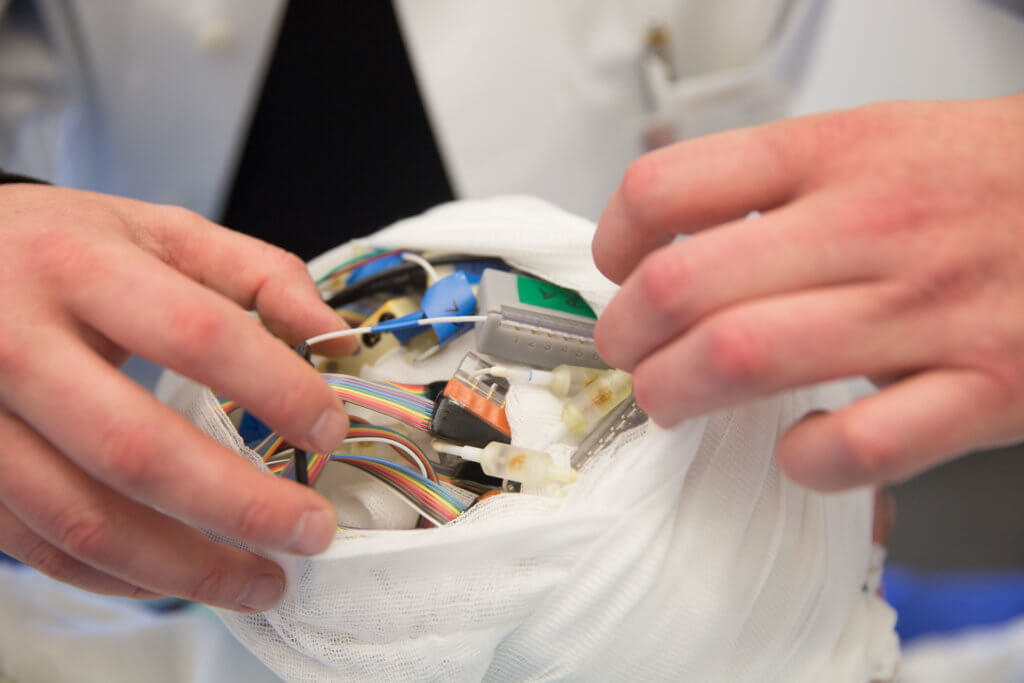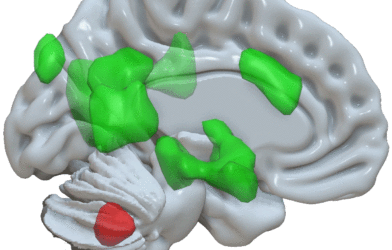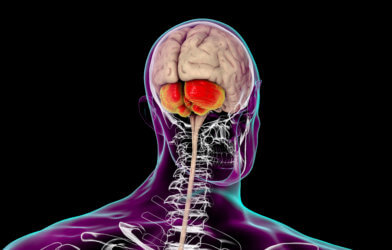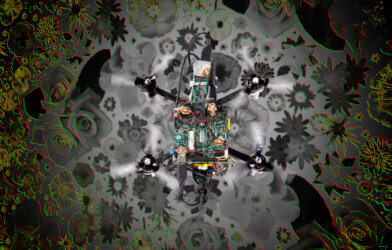Why are some people better at math than others? New research from the Universities of Tübingen and Bonn finds it may have to do with the activation of specific brain cells in the temporal lobe.
Despite using basic arithmetic in everyday life, researchers have little understanding of how the brain processes mathematical calculations. In this study, researchers found certain neurons fire when adding numbers, while others only fire when doing subtractive math problems. It did not matter whether the calculation instruction was a word or a symbol.
“This study marks an important step towards a better understanding of one of our most important symbolic abilities, namely calculating with numbers,” says senior author Florian Mormann, from the Department of Epileptology at the University Hospital Bonn, in a statement.

The team recruited five women and four men who volunteered to have electrodes placed on the temporal lobe of the brain. Researchers recorded brain cell activity when the participants performed simple math problems.
When adding or subtracting, researchers found different neurons firing. Neurons continued to fire even when people saw a “+” or “-” sign or when the symbols were written out in words. The findings suggest cells encode a mathematical instruction for action.
Researchers collected the brain cell activity patterns and fed them to a self-learning computer program. They told the software whether subjects were adding or subtracting. After a training period, the software was able to use the patterns in brain cell activity to identify what type of task was being performed.

Further analysis showed one area in the temporal lobe involved in activating neurons during algorithms was the parahippocampal cortex. The parahippocampal cortex is an area made up of multiple brain regions that help with memory formation and high-level visual processing.
Future research will work towards uncovering what specific role the activated neurons play when performing calculations.
The study is available to read in the journal Current Biology.












